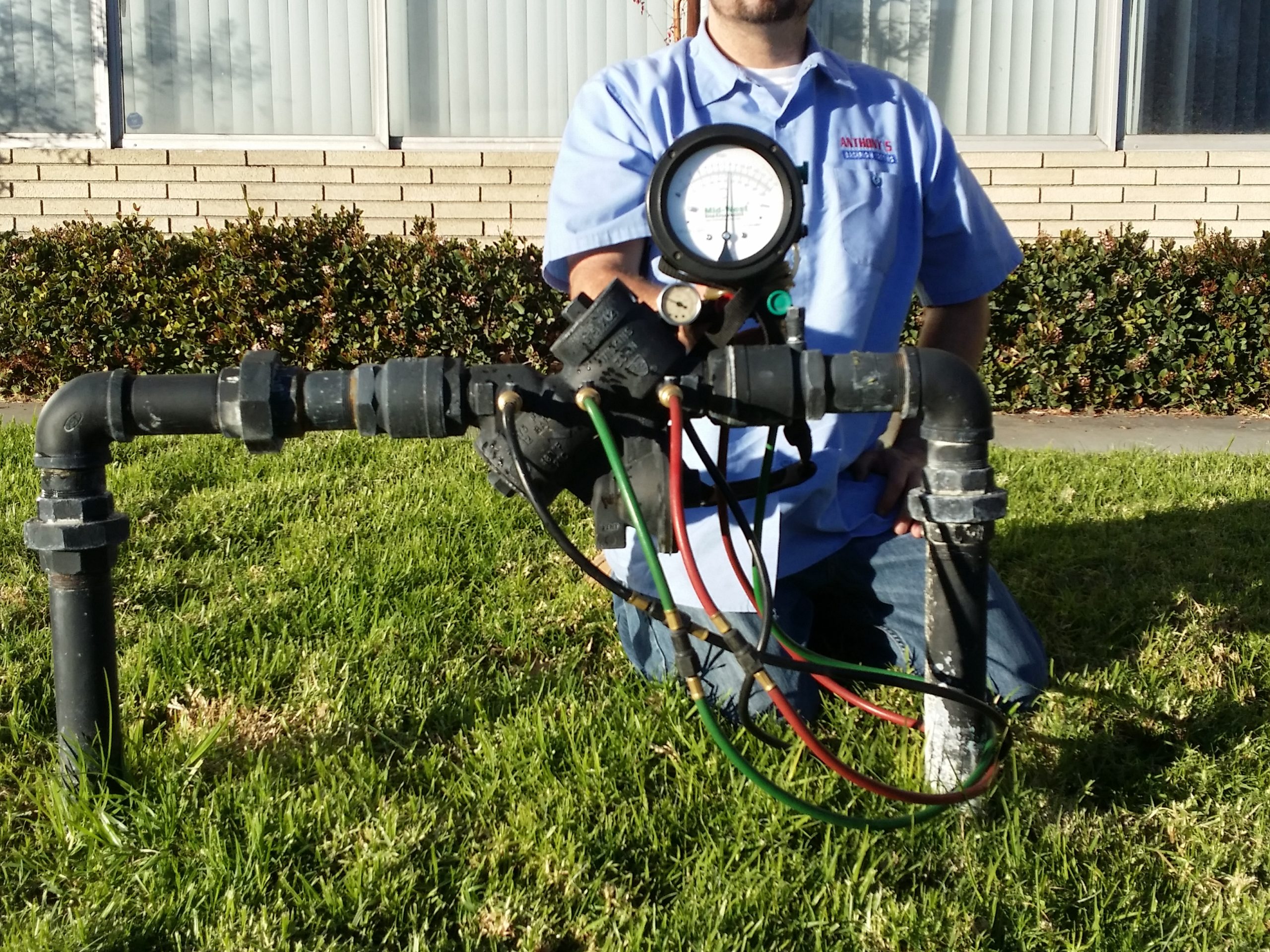Backflow Blues: Why Your Water Safety Will depend on Testing
Water is an essential resource that many of us often take for granted, yet ensuring its safety is crucial for the sake of our families in addition to communities. One frequently overlooked aspect involving water safety is definitely backflow testing. Whenever the natural circulation of water is definitely reversed, contaminants can enter our water supply, leading to serious health dangers. Understanding Backflow Inspection Services and even the importance associated with regular testing is essential for every home owner, whether that be a property, some sort of commercial space, or an industrial center.
In the following paragraphs, we will discover why backflow testing is not merely a technical requirement but the fundamental necessity regarding protecting our ingesting water. From the particular basics of just what backflow testing requires for the legal needs in various regions, we’ll cover everything you need to know in order to keep your water supply safe. Join us even as we discuss key signs that a person may need backflow testing, the prospective consequences of ignoring this important task, and tips to ensure your backflow prevention devices operate effectively.
Understanding Backflow Testing
Backflow testing can be an important procedure that ensures the safety plus quality of the water supply. It entails checking the performance of backflow elimination devices, which are usually created to stop contaminated water from treating direction and entering the clean water supply. The product are especially vital in protecting against hazardous substances coming from residential, commercial, in addition to industrial properties from polluting public drinking water systems.
The testing process typically involves a certified technician who conducts a series regarding assessments to validate that the backflow prevention devices are really functioning properly. Through the test, the tech checks for any leaks, pressure falls, or other issues that could bargain the device's potential to prevent backflow. This step will be essential in figuring out potential problems just before they can advance into serious health threats.
Normal backflow testing is usually required by rules to keep up public health standards. Many cities set specific testing intervals, typically yearly or biannually, to ensure compliance plus safeguard water quality. Understanding the value of these assessments not only will help protect your property but additionally contributes to be able to the overall basic safety of the community's water supply.
Importance and Regularity of Testing
Regular backflow testing is essential for maintaining the particular safety and integrity of your waters supply. Contaminated drinking water can lead to serious health dangers, making it critical to ensure that your current backflow prevention devices are functioning effectively. By detecting probable issues early, an individual can prevent typically the costly consequences involving contaminated water, which includes health conditions and substantial repairs. Regular tests promotes a free from harm environment for equally residential and commercial properties.

The frequency regarding backflow testing generally depends on local regulations and the specific use involving your property. Several municipalities require yearly testing, especially for commercial properties and even multi-family homes, in which the risks regarding backflow contamination are usually higher. Even with regard to homeowners, annual investigations are advised to ensure peace involving mind and compliance with safety specifications. Knowing when to schedule these studies can safeguard your current property and your wellness.
This is also important to recognize the signs that suggest you may require backflow testing further than the standard schedule. discover here for instance unexpected alterations in water stress, foul odors, or perhaps discoloration of engage water can signal a potential backflow problem. If a person observe these indicators, immediate testing is usually advisable. By keeping proactive about backflow testing, homeowners can easily significantly minimize hazards and protect their water supply.
Backflow Reduction and Compliance
Backflow avoidance is not merely a safety assess; it is often mandated by law inside many jurisdictions. Nearby regulations typically need property owners to be able to install backflow avoidance devices and possess all of them tested annually in order to ensure they will be functioning correctly. Conformity using these laws will be crucial not only regarding protecting public well-being but also for avoiding penalties and penalties. Therefore, understanding the legal requirements in your area is essential for maintaining your property in addition to ensuring the security of your water supply.
For commercial properties, conformity with backflow prevention regulations is specifically critical. Businesses will be responsible for making certain their water techniques do not present a risk to be able to the public water supply. This involves regular backflow assessment, which helps determine any potential issues early and assures that backflow elimination devices are operational. By prioritizing backflow testing, business owners can create the safe environment with regard to their customers and employees while in addition safeguarding their purchase from costly maintenance due to water contamination.
Maintaining compliance along with backflow prevention restrictions not only safeguards your home but also contributes to local community health. When backflow incidents occur, they will lead to wide-spread contamination, affecting not really just individual components but entire neighborhoods. Therefore, making certain backflow prevention measures usually are in place and even regularly tested is crucial for public safety and environmental protection. By taking aggressive procedure for adhere to compliance requirements, house owners play a significant role in fostering a safe water supply for everyone.